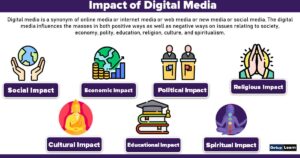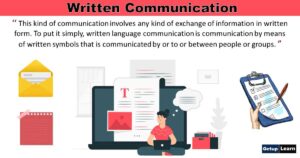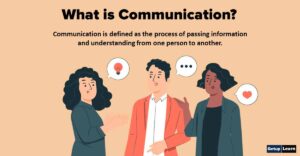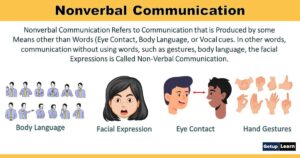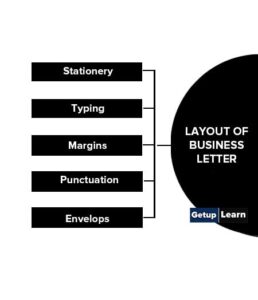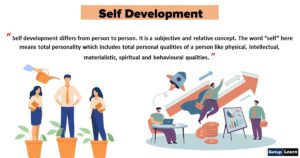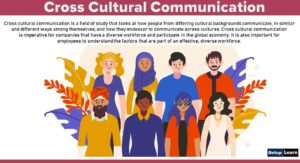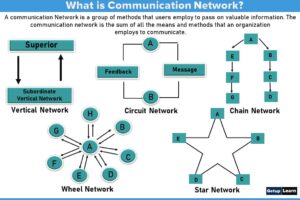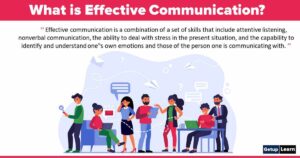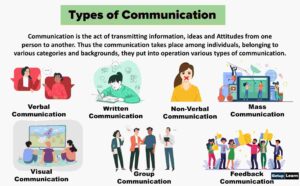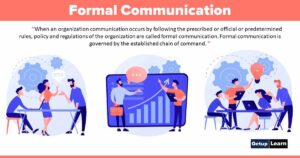Table of Contents
Process of Learning
These are the following steps in the process of learning:
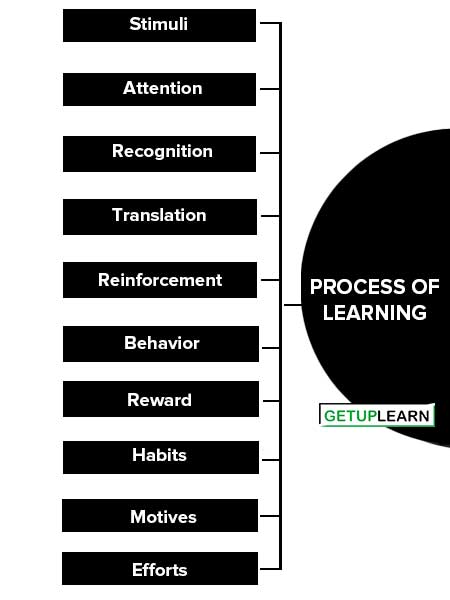
Stimuli
Stimuli are any objects and language, which draw the attention of people. Employees get stimuli from the actions of their superiors. Superiors tell and advise employees who pay attention to these stimuli. All the stimuli may not be fully attended to.
Literary works are also stimuli, which are given attention by educated employees. Stimuli are provided at jobs by perks and scores. Universities and colleges also impart stimuli for learning. Stimuli provide quality performances. Practical training and vocational teaching are forceful stimuli. The stimuli available at work are numerous. Social, political, cultural, and geographical factors provide varieties of stimuli for learning.
Attention
The degree of attention depends upon the nature of the stimuli. Technical and interesting stimuli are highly attended to. Employees generally accept career-oriented stimuli. The personality levels of employees influence their desires to learn, motives for need fulfillment, and tension reduction.
Employees have more value in life and pay more attention to the stimuli for acquiring more knowledge and experience. People’s creative attitudes are favorable factors for learning and paying more attention to available stimuli.
Recognition
Attention-paid stimuli are recognized as acceptable factors of improvement and new lifestyles. Employees paying attention to stimuli are recognizing the stimuli for learning purposes. The levels of recognition depend upon the levels of values, preferences, needs, and desires of the employees.
When objectives are unclear, employees do not pay attention and do not recognize the training as a fruitful process of improvement. In the learning process, employees as useful factors for their well-being and satisfaction must observe unambiguous activities for recognition.
Translation
Recognized stimuli are evaluated at the mental level to eliminate the irrelevant points for accepting a part of the stimulus for changing behavior. The evaluation and appraisal of the recognized stimuli help in reinforcement. An activity will not take place unless it is found useful by employees.
The translation and evaluation process is a crucial point for implementing the stimuli in behavior through reinforcement. Employees behave properly through attitude changes, objectivity, and mental and physical development. It is observed in better performances.
Reinforcement
Reinforced perception is learning. The perception process includes stimuli, attention, recognition, translation, and behavior. Perception leads to learning, but perception itself is not learning unless it is reinforced.
Repeated action is reinforcement. Reinforcement may be positive, negative, punishment, or extinction. Learners learn as per their perception levels. Generally, positive reinforcement is more effective for making permanent changes in behavior.
Behavior
Learning changes behavior through the reinforcement of perceived knowledge. It makes permanent changes in behavior. A temporary change in behavior is not learning. Positive behavior gives rewards to employees.
Reward
Employees expect rewards for learning. If the translated behavior provides a reward, it is accepted, otherwise, it is not accepted. Employees develop their behavior into habits. Rewards may be monetary or non-monetary. A non-monetary reward includes job satisfaction, status recognition, and task achievement.
Professional satisfaction is attached to the behavior, which influences the form of reward. The behavior of employees decides the level and form of reward. Reward reinforcement makes employees learn more than positive reinforcement behavior.
Habits
A permanent change in behavior becomes a habit, which helps continuous improvement in behavior and performance. Employees develop the habit of self-appraisal and development. It helps to inspire creativity and confidence in employees who are encouraged to behave properly again and again.
Right behavior is reinforced repeatedly. Habits help the development of the capability and capacity of employees. Habits translate theoretical knowledge into practice. Skill development requires habitual performance.
Motives
Motives depend on the level of satisfaction. Employees getting more satisfaction through learning develop high motives. Less satisfied learners have low motives. Learning is complete only when motives are fully realized and translated into efforts.
Efforts
Habits help achieve good efforts and performance. This is a continuous process. Efforts are the automatic outcome of good habits, which are acquired through the learning process. Self-development is possible through self-effort. Employees willing to develop themselves are self-motivated and effort-oriented.
Efforts become the stimuli for learning after the development of the standard of employees. Self-learning has been observed when employees have developed good habits and the right motives. The learning process itself provides all these opportunities.
FAQs Section
What is the process of learning?
These are the following steps in the process of learning: Stimulus, Attention, Recognition, Translation, Reinforcement, Behavior, Reward, Habits, Motives, and Efforts.


